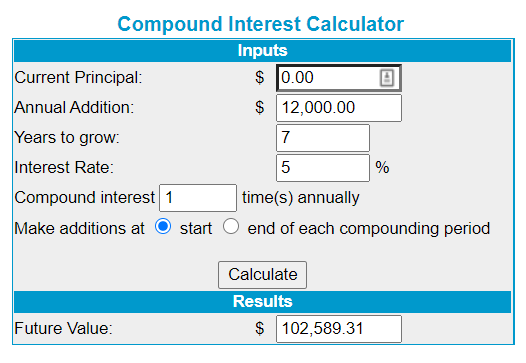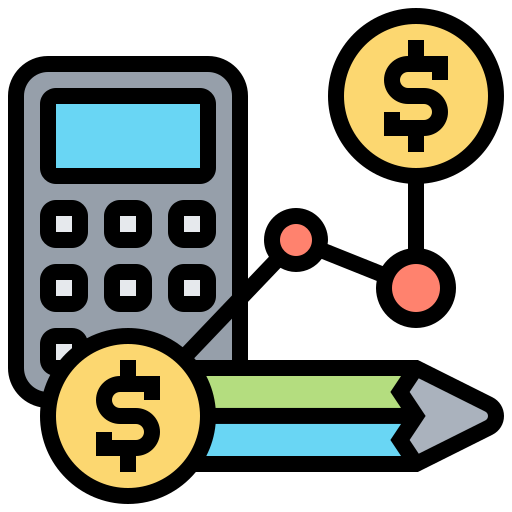How Much You Need To Start Investing
Stock Investing Hub ⮞ Stock Market Basics ⮞ How Much You Need To Start Investing
6 RESOURCES
⮞ Introduction
⮞ What Is The Stock Market
⮞ Opening A Brokerage Account
⮞ How Much You Need To Start Investing
⮞ Dividend vs Value vs Growth Stocks
⮞ 3 Steps To Successful Investing
How Much You Need To Start Investing

I often get this question when people are looking to invest:
"How much should I start with? I don't have much money."
And the truth is I have been there as well.
But here's the thing - investing is an ongoing process - it is not something that you simply commit your first $1000 and nothing more.
For myself, I treat my brokerage account like a savings account, where I pour most of income into it.
And because I learned how to invest, I am confident to pour in consistent savings every single month into my brokerage account. The reason is because I know that I will get a better return putting my money in quality companies than simply leaving it in the bank.
So if you are still struggling to commit your first dollar to investing, remember this - a thousand mile journey begins with a single step.
Similarly, your six-figures, and subsequently seven-figures portfolio also have to start with investing your very first dollar. In the next section, you are going to discover how you can build your portfolio.
How To Build Your Portfolio?

You see, the most important thing is about getting started.
For me, I started by committing a percentage of my income to my investment portfolio.
For myself, this amount is $1000 every single month - this will sum up to $12,000 every year.
Now, why was I willing to do this?
The reason is because of simple math.
Even with just a 5% returns (a really conservative estimate), you will be able to build your portfolio to $100K in just 7 years.

At this stage, I want to address a few questions that may pop in people's mind.
"Put aside a $1000 every month? I don't think I can do that.."
I want to make this clear - don't make the convenient excuse of saying "$1000 per month is too much, I might as well don't start."
If $1000 a month is out of your comfort zone, then by all means, reduce that amount to $500, or even $200 for that matter. The key here is really get started.
I want my readers to benefit and get the most out of my content, so I also took the time to create a useful calculator below:
So take this chance to project how much you would like to contribute every single month at a 5% return.
The second question is - how is it possible to make 5% every single year?
Well, let's take a look at the US stock market history:

An average return of 13.6% - can you see why a 5% return every year is very conservative?
By investing your money in the stock market index alone, you would have achieved an annual average return of 13.6%.
Finally, the last question - "But the stock market is risky..."
Well, let's present two choices:
A. Put the money in the stock market index and make an average of 13.6%
B. Leave the money in the bank at an interest return of 0.05%
To put things into context, here's how it will look like over 10 years.

That's a difference of $138,194.18 over 10 years.
So which is actually riskier? Investing in the stock market, or leaving money in the bank? I will leave it to you to decide for yourself.
Personally, when I saw these numbers, I knew I had to master investing, because investing was a skill set to achieve financial freedom.
So to start, what I highly encourage you to do is following these three steps.
- 1Open A Brokerage Account
- 2Set Aside A Portion Of Your Income For Investments Every Month
- 3Commit To Learning How To Invest Profitably
In the next section, we are going to discuss what investing approach we should adopt when we are just starting out.



